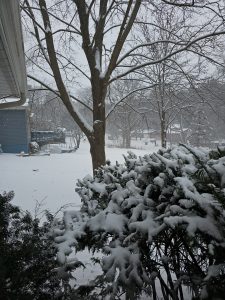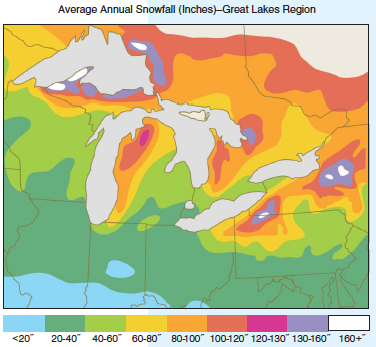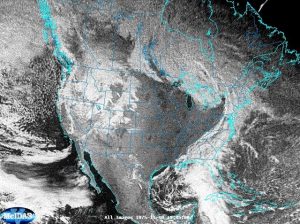With the exception of a freaky 12.1 inches of slushy snow that fell on Madison on March 25, 2023, the most recent 10-inch snowfall in the city was Dec. 20, 2012 — nearly 13 years ago!
So, it’s been a very long time since we have been visited by the kind of snowfall we saw on Nov. 29-30 — the total over the two days was 11.7 inches. More than that, the 9.3-inch accumulation officially registered at Dane County Regional Airport on Nov. 29 was the largest single-day November snowfall total ever, eclipsing the former record of 8.5 inches that fell on Nov. 30, 1940. So, not only did we finally see a hefty snowfall event after more than a decade of waiting, but we also set an early-season record as well.
Of course, none of this really bears on the complexion of the rest of the winter season. In fact, the month of December 2000 was both unusually cold and snowy, with an average temperature that was 14.1 degrees below normal accompanied by 35 inches of snowfall that was 23 inches above normal for the month. It appeared we were off to a great start for a cold, snowy winter. However, January and February followed with 12.1 inches and 5 inches below normal snowfall, respectively, and a middling 2 degrees above and 3.3 degrees below average in temperature.
So, only time will tell if this early wintry start will translate into a prolonged, robust winter season.
Steve Ackerman and Jonathan Martin, professors in the UW-Madison department of atmospheric and oceanic sciences, are guests on WHA radio (970 AM) at noon the last Monday of each month. send them your questions at stevea@ssec.wisc.edu or jemarti1@wisc.edu.






